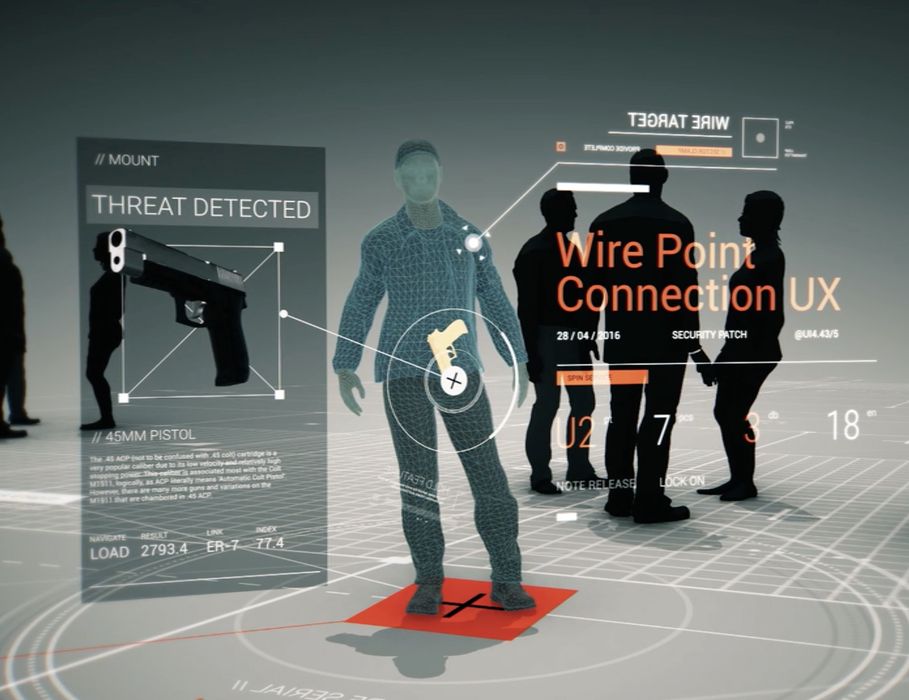
I had a thought about the 3D printed weapons issue that just won’t go away.
The premise here is that 3D printers are potentially dangerous because, in theory, they can produce weapons made from polymers. These would not be as detectable at security checkpoints, where sensors typically look for metal objects.
That’s the theory, but the reality is quite different. 3D printed polymer weapons have been under experimentation by various individuals for quite some time. However, the fundamental barrier to success is that polymer is just a lousy material for this application. Polymer weapons can be 3D printed, but they either don’t work, or don’t work reliably.
Meanwhile it would be less expensive to simply make a properly functional metal weapon using commonly available CNC equipment, or purchase a weapon on the black market. While these may not be undetectable as polymer weapons, the polymer weapons still require some metal components, most notably the ammunition, which is quite detectable.
In spite of this, many legislators seem specifically perturbed by the possibility of 3D printed weapons, and from time to time we see efforts to restrict the capability. I’m told in the USA there has been a re-introduction of something called the “3D Printed Gun Safety Act”, which attempts to prohibit the online distribution of weapon 3D models.
That act may or may not be successful in both passing the legislature and combating weapons, but at least it won’t affect the 3D printers themselves.
My fear is that poorly-thought-out legislation could force some kind of detection regime directly into 3D printers themselves. This would be similar to photocopiers, where apparently they can detect attempts to reproduce printed money.
I never thought that approach would work very well, because of the simple question: what is a weapon? While you might detect obvious gun-like shapes, it is entirely possible to break down a weapon into many smaller parts that could be of differing geometries.
How could you recognize these parts, which would likely be changing constantly? What if the design changed radically in some way? How could that be detected?
Even worse, how could you distinguish a gun part from a not-gun part? Evil actors might shape parts to be similar to “legal” parts to circumvent detection.
This type of regime would place an unhelpful burden on 3D printer manufacturers, who would have to implement difficult detection methods. This would clearly add a significant price to the cost of machines, and it likely would be ineffective for its intended purpose.
But perhaps there’s another way to approach this issue, one that doesn’t directly impact the 3D print industry.
I received a note from a company named “Liberty Defense”, who produce the “HEXWAVE”. This device is a very sophisticated scanner that would be used at security checkpoints to detect “threat objects”.
HEXWAVE leverages several types of scanning technologies and machine learning to detect objects of interest in real time. Apparently their technology can identify not only metal weapons, but also polymer weapons and many other threat objects. Interestingly, it can be used even in outdoor environments in a non-intrusive manner.
That’s quite interesting, but I realized this style of technology could be the “way out” for 3D printing.
Instead of burdening all future 3D printers with the impossible and expensive responsibility for detecting threat objects, the burden would be shifted to purpose-built detectors such as HEXWAVE.
These devices could then centrally handle the ever-changing requirements and process a much broader range of possibilities than a 3D printer ever could. They could handle threat objects produced by methods other than 3D printing, such as those made by CNC equipment.
Meanwhile, 3D printer manufacturers could continue going about their normal business: producing machines that can make any kind of part requested.
Via Liberty Defense
